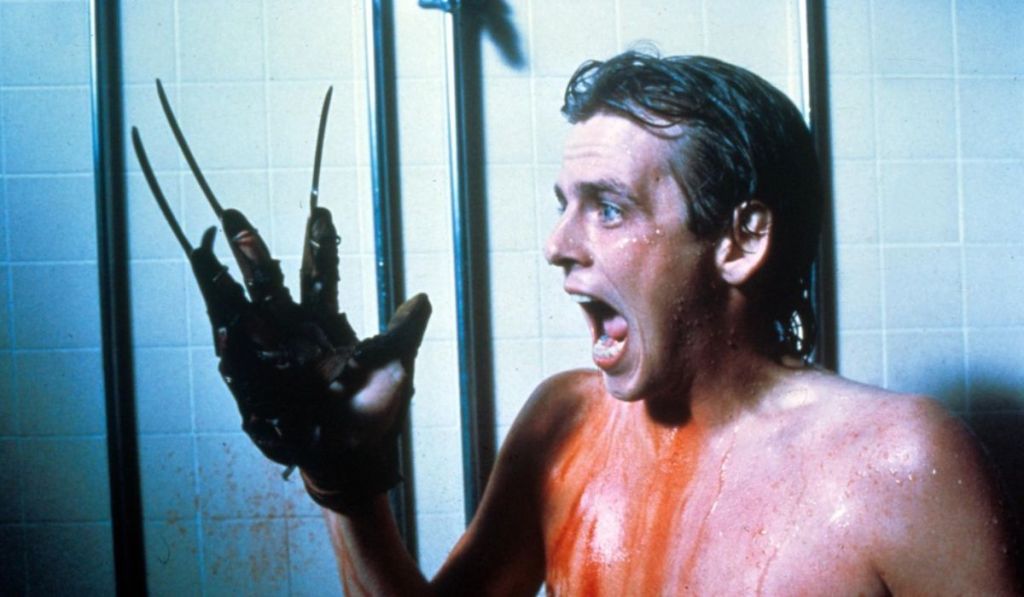Who hasn’t seen Fear Factor or Scare Tactics? Or maybe you didn’t even need to watch a full episode of either show to remember the creepy – and sometimes downright disgusting – challenges the contestants had to face. But what if you mixed that with Freddy Krueger? When it comes to horror franchises, A Nightmare on Elm Street is one of the first that comes to mind. Created by the legendary Wes Craven, the films introduced one of the most iconic villains in movie history. But what many people don’t know is that, besides the movies, a TV series, comic books, and even a few video games, the franchise almost took a pretty unexpected turn: a reality show. Yes, it nearly happened – and the idea wasn’t as far-fetched as it might sound at first.
Videos by ComicBook.com
Back in 2005, CBS was developing a show called A Nightmare on Elm Street: Real Nightmares. The concept was bold: take real people’s deepest fears and turn them into challenges they’d have to confront – all under the guidance of Freddy Krueger himself, played by none other than Robert Englund. People would be selected based on their most intense phobias – any kind of fear was valid. These fears would then be transformed into realistic tests, designed to push contestants to their psychological limits. Freddy would act as the host, offering commentary, interviewing contestants, and showing up just as audiences had come to know him from the movies.

To break it down further, people would apply and share what their most intense fear was. If chosen, Englund would interview them more deeply with psychological questions to get a clearer idea of what kind of challenge would be created. Then, based on that, a studio set would be designed so the person could come face-to-face with what they feared the most. Since what scares each one is very personal, each contestant would face something uniquely crafted just for them. Bold? Definitely. Frightening? Without a doubt.
Still, despite the intriguing idea, big names attached, and 6 episodes already filmed, Real Nightmares never made it to air. Why? It came down to a mix of executive decisions and market concerns. At the time, TV was already saturated with similar programs, and CBS feared that this one wouldn’t stand out. Englund discusses the project in his autobiography “Hollywood Monster,” where he reveals there were also concerns about the tone of the show. According to him, CBS wanted the project to lean more toward gross-out physical challenges, while he and producer Star Price had a different vision – something rooted in psychological horror, which made sense given what A Nightmare on Elm Street was always about.
[RELATED: Nightmare on Elm Street Fans Just Got Bad News About a Reboot]
But there was another issue: how to balance Freddy’s mix of comedy and terror with the real emotional vulnerability of the contestants? Blending fiction with reality in a way that truly works is no easy task. The idea had potential – especially bringing Freddy back as the host of a reality competition built around real psychological fears. That’s a fresh and unique twist. But from another point of view, would it really have been a good idea to move forward with it?

The truth is, mental health is a major conversation today – and that’s the real heart of the matter. Although back then it wasn’t a widely discussed topic, if Real Nightmares had actually aired, the outcome might’ve been deeply problematic. Putting everyday people in situations where they had to confront their worst fears, especially in a setting meant to feel real and with a horror icon present, could have triggered trauma or emotional distress without the proper support. The show aimed to provoke psychological fear, but without the safeguards that are now considered essential in responsible productions. Walking that fine line between fiction and reality requires a level of care that simply wasn’t standard at the time.
To this day, fans still search online for those lost episodes – but in a way, maybe it’s a good thing they haven’t turned up. In the early 2000s, physical and emotional pain were often treated as raw entertainment. Taking it to a psychological level? That could have easily crossed ethical boundaries – and perhaps no one was really ready to deal with the fallout. Today, with a much broader understanding of trauma and vulnerability, something like this might be possible to approach more responsibly (or maybe not). But back in 2005, the risk was far too great – and maybe it was for the best that it never happened.









